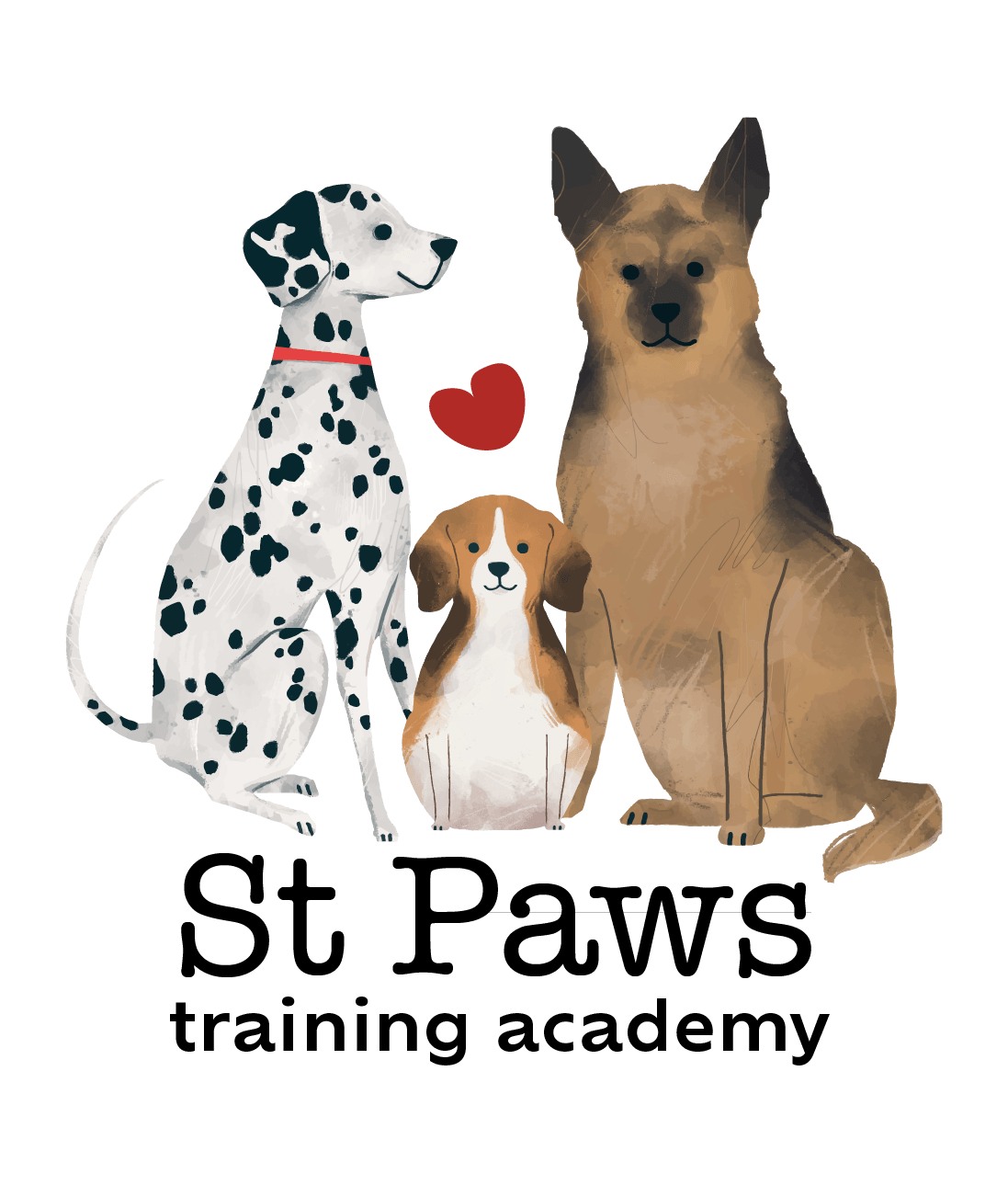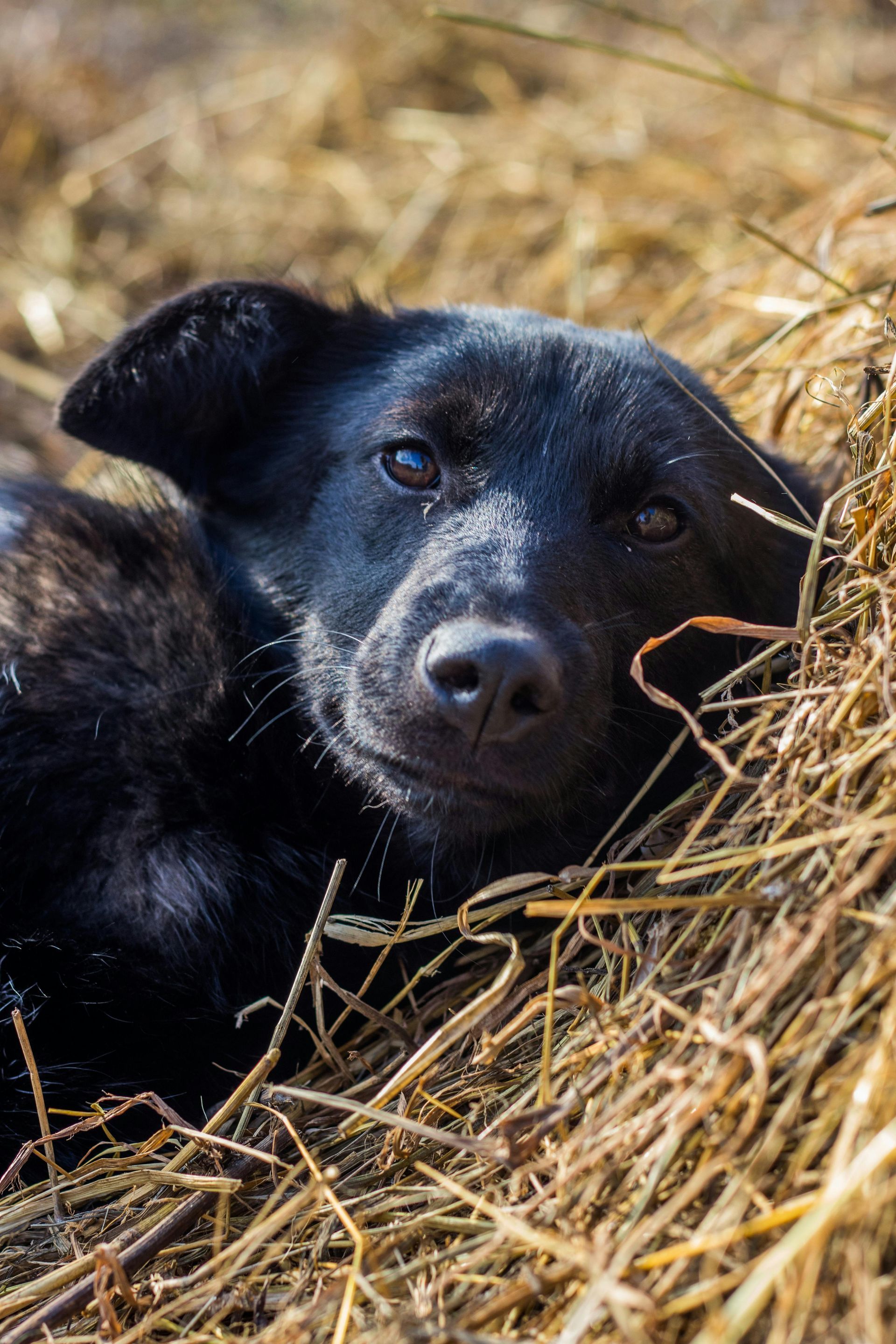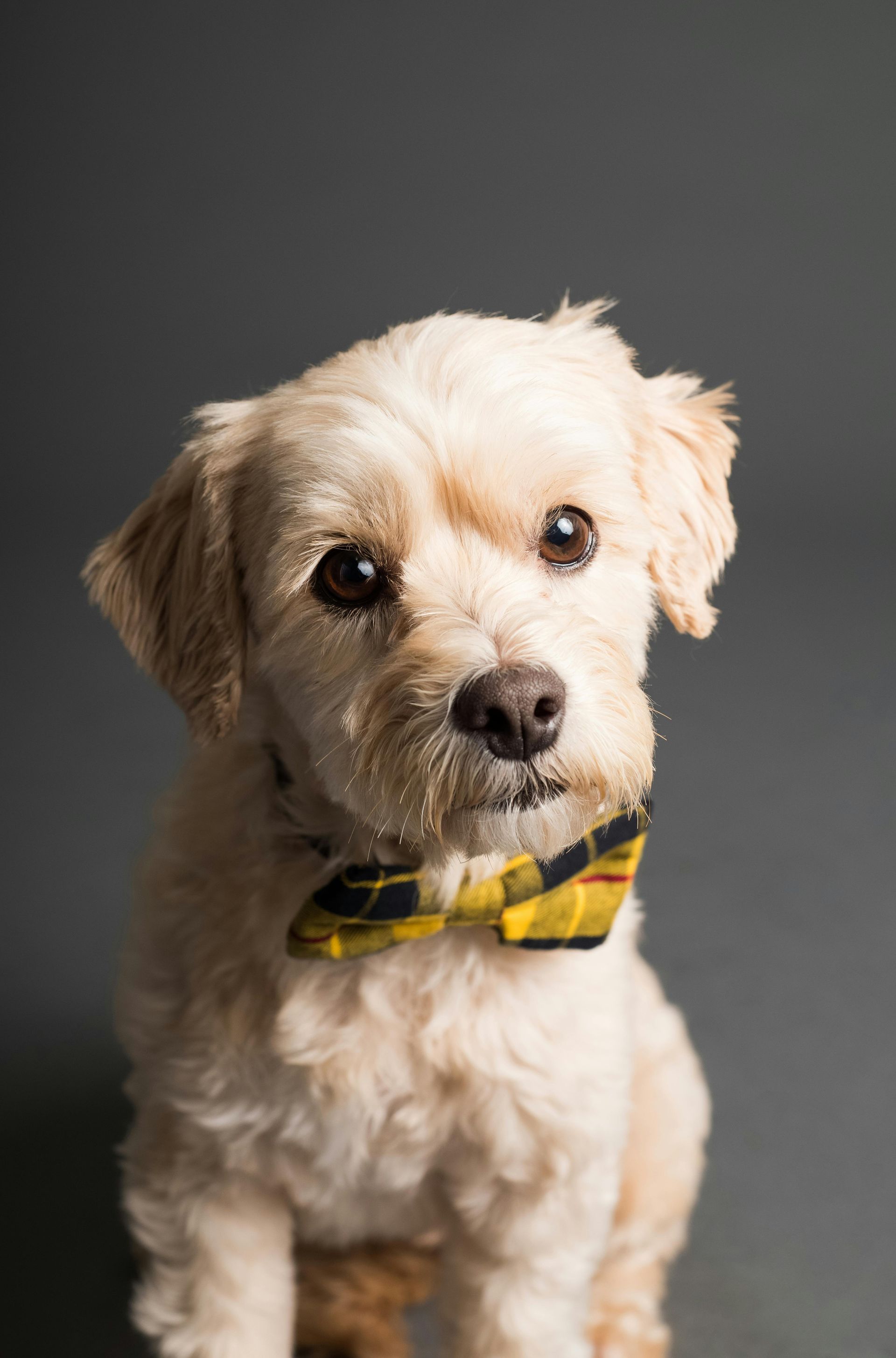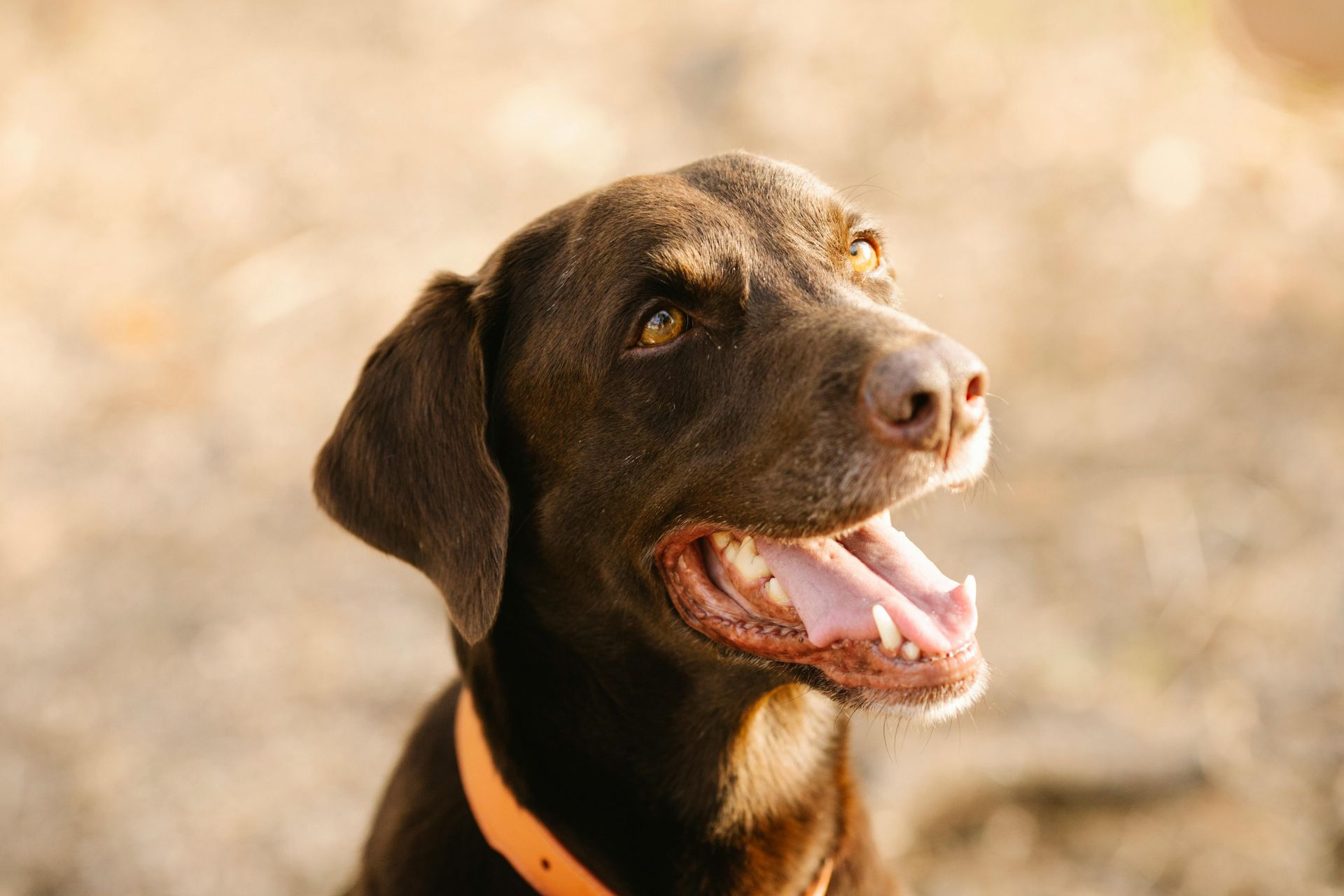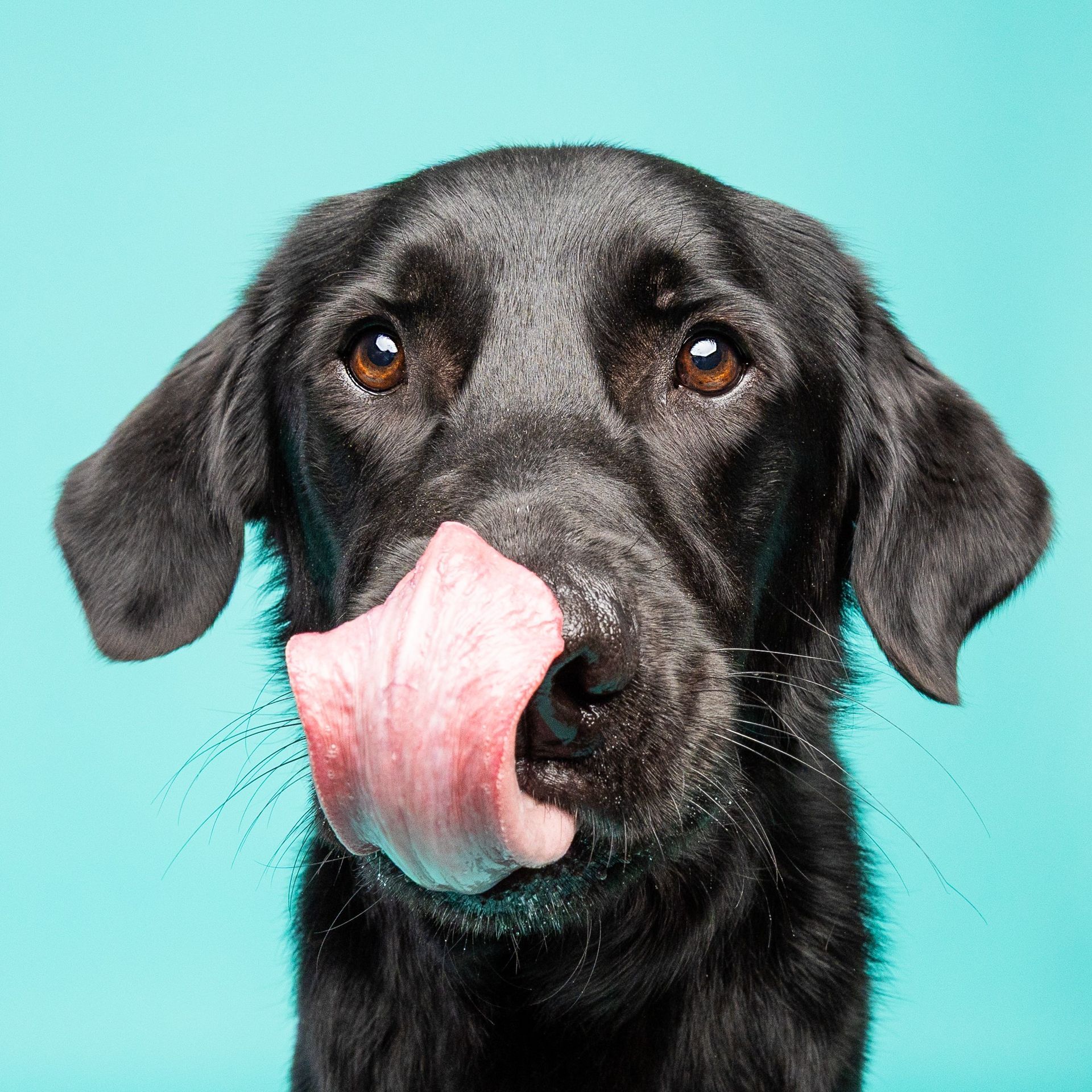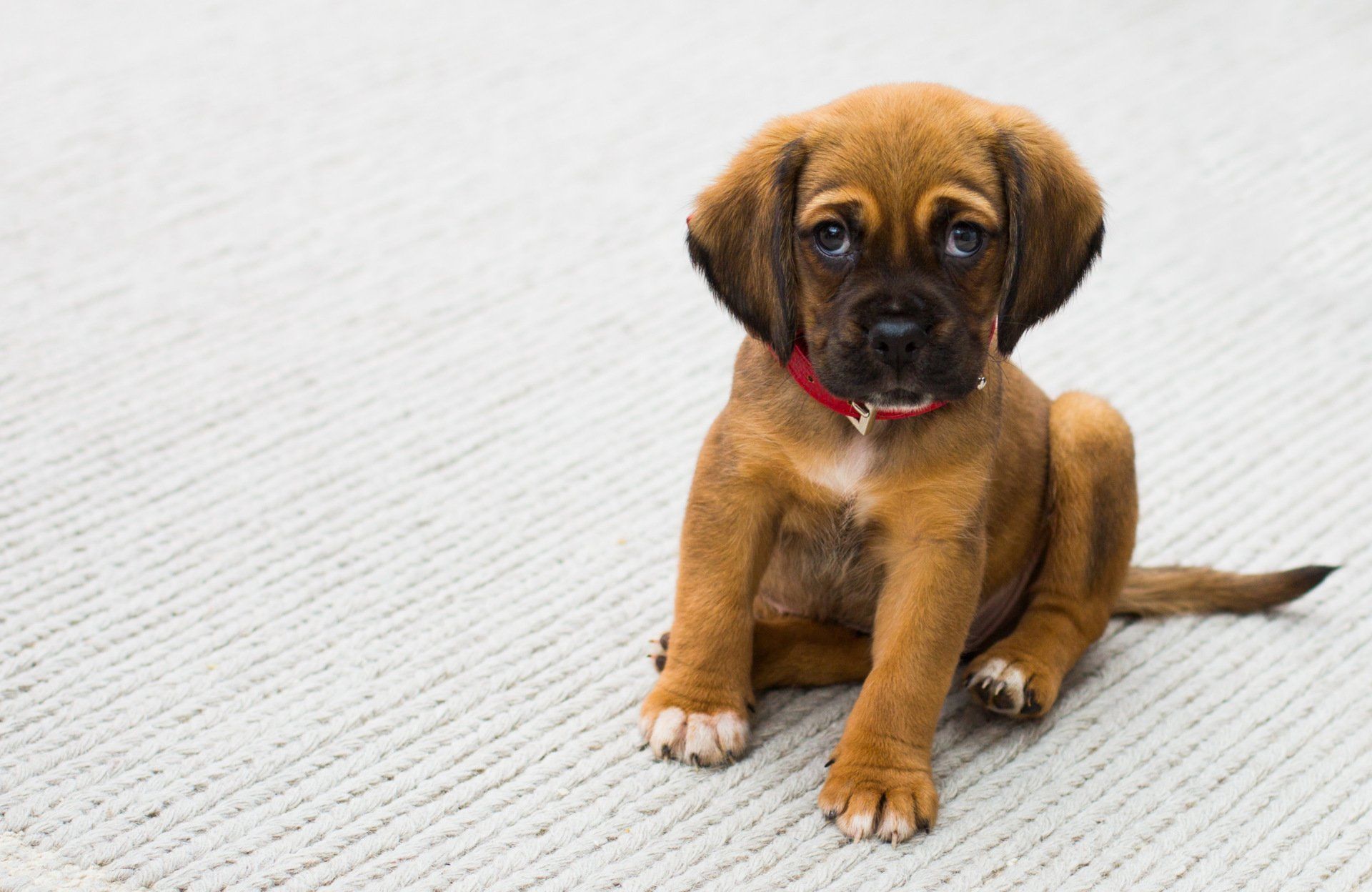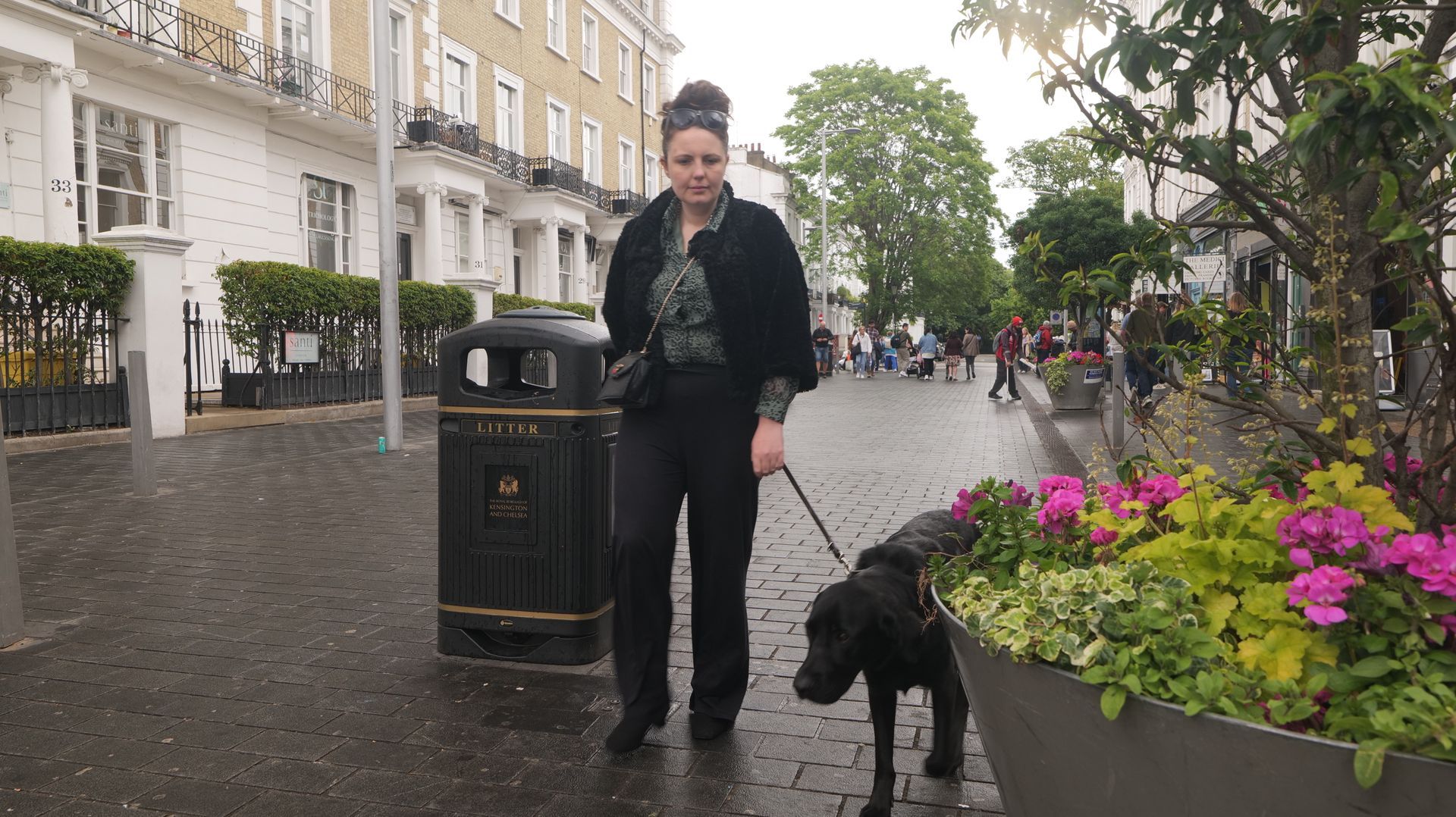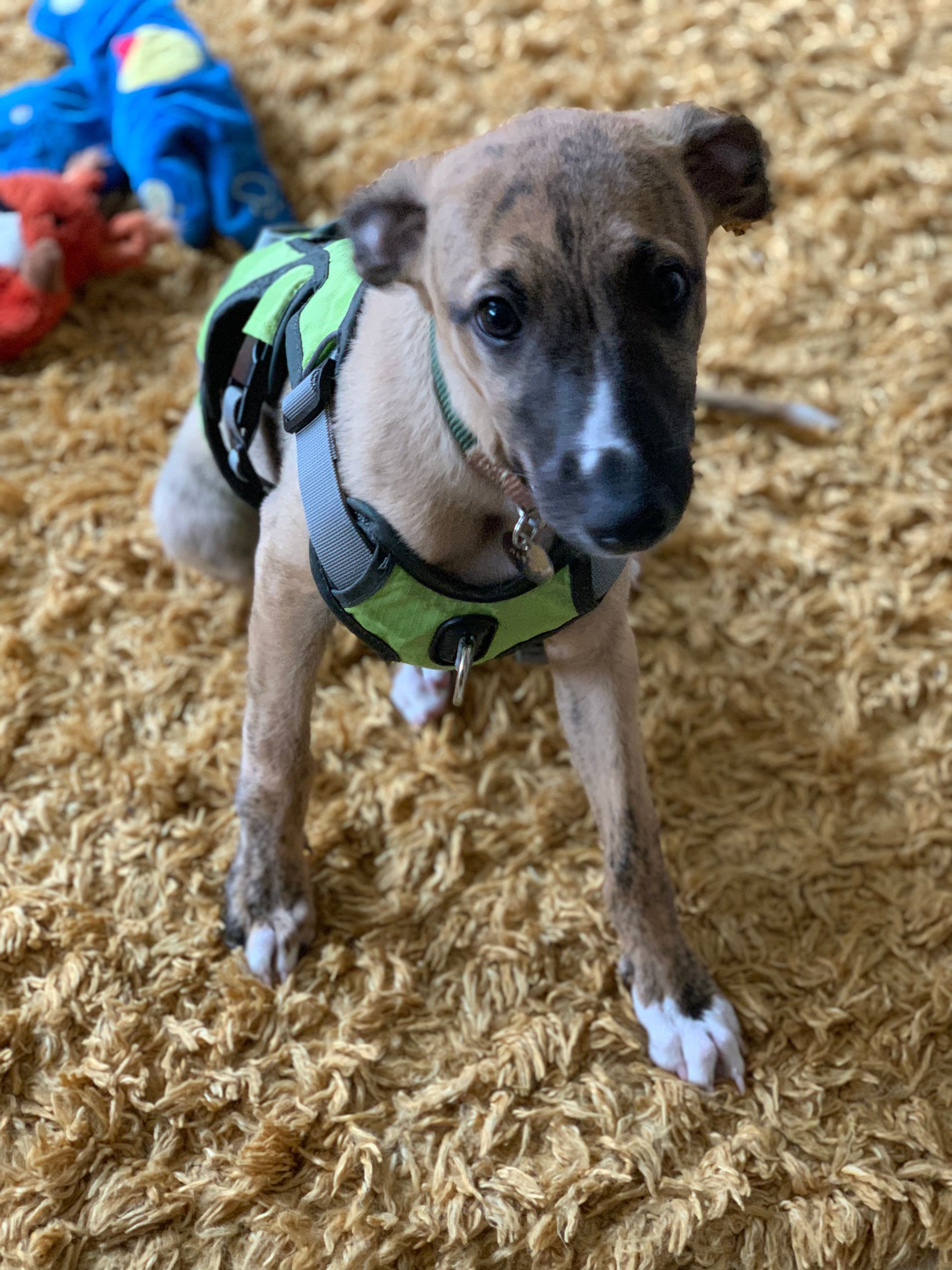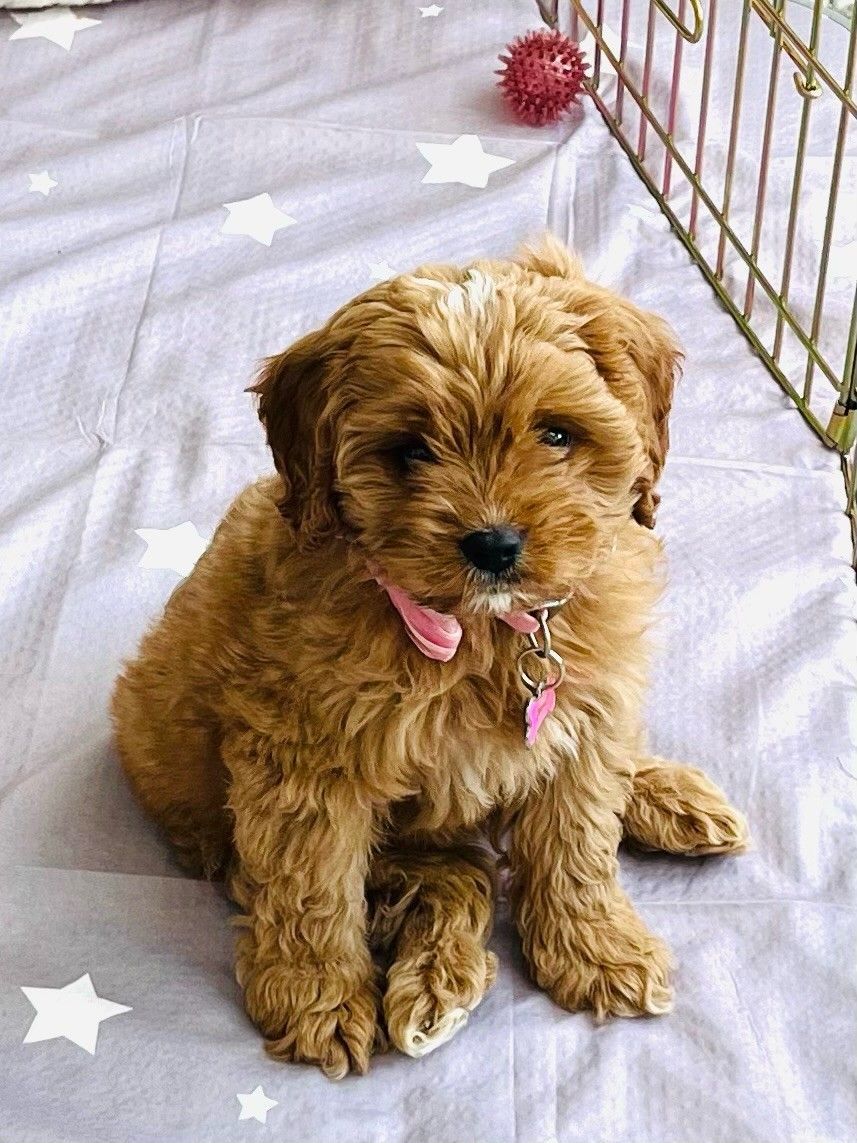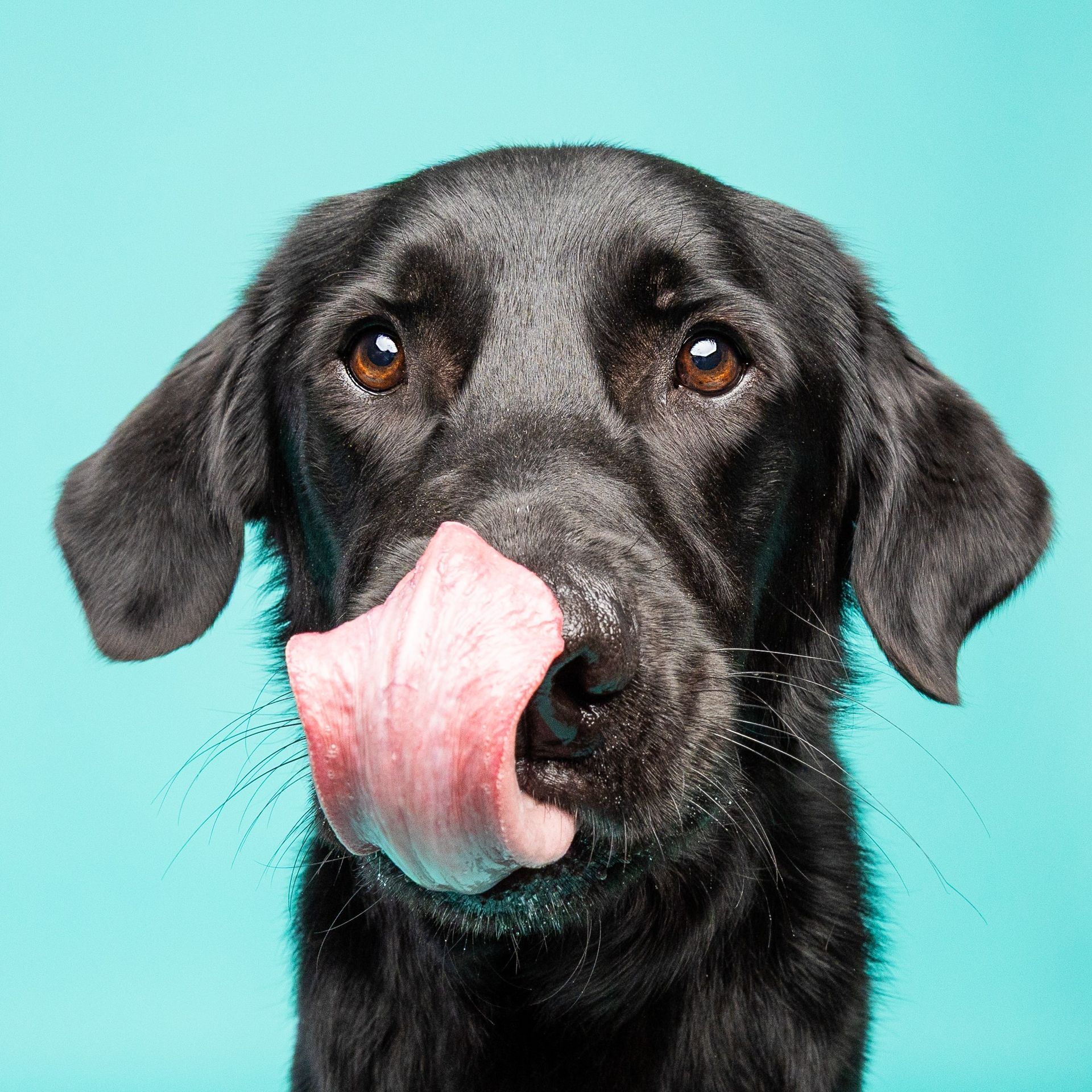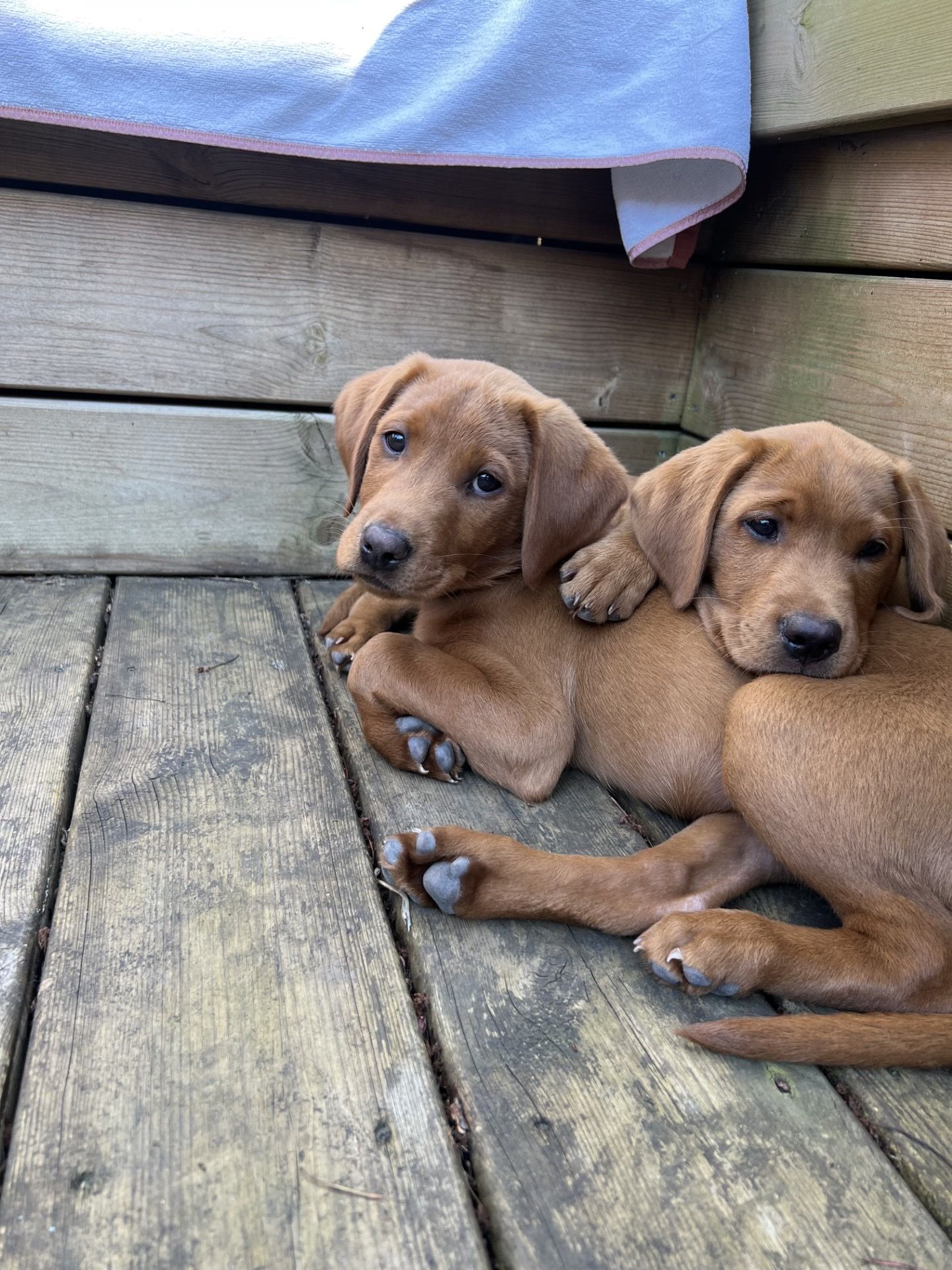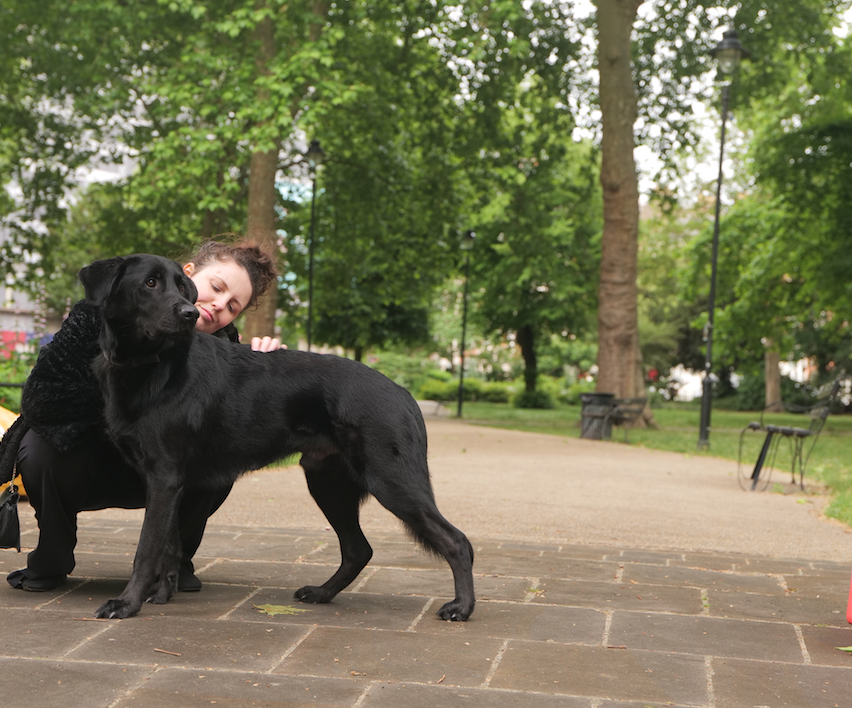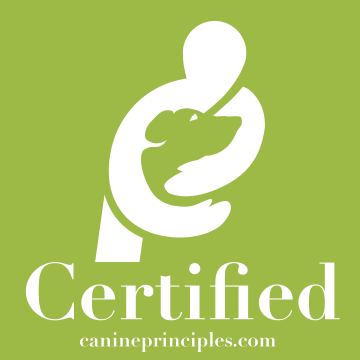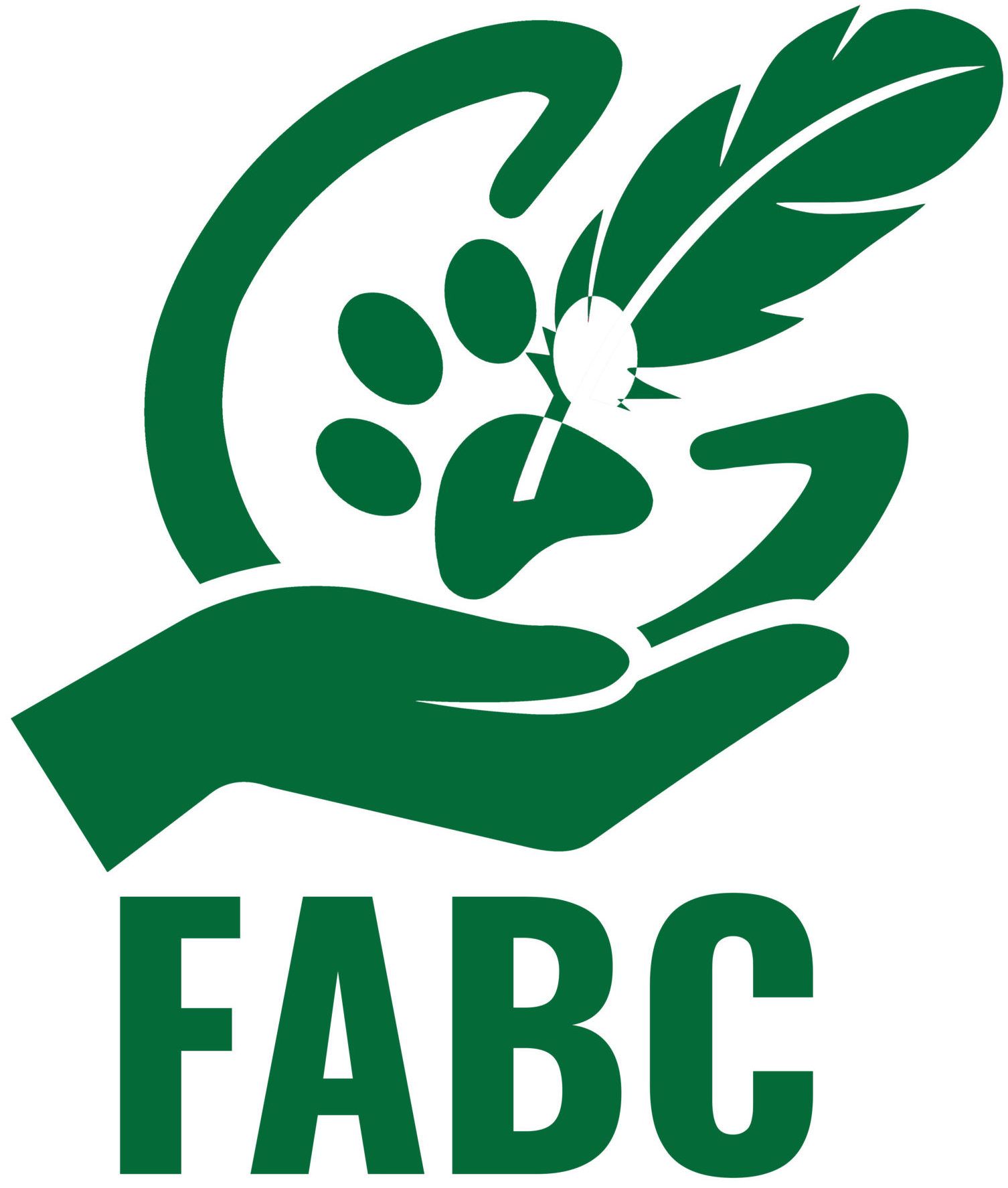THE
KNOWLEDGE CENTRE
The knowledge centre is designed to help educate you about different topics about dogs.
Fed up hearing conflicting advice? Me too. That's why I've packed years of learning including
university studies to create a knowledge centre.
St Paws Training Academy
Disclaimer:
The content provided on this blog is intended solely for informational purposes and should not be construed as a substitute for professional advice or diagnosis. The information shared is derived from the author's research, knowledge, and personal opinions and may not necessarily align with the perspectives of others.
Readers are strongly urged to exercise their own discretion and judgment when implementing any information or recommendations found on this blog. It is essential to assess the content within its appropriate context, recognising that individual circumstances and needs may differ.
For specific advice pertaining to your pet's unique situation, it is crucial to consult with a qualified professional or specialist. The author and the blog expressly disclaim any responsibility for any loss, damage, or injury resulting directly or indirectly from the use or application of any information presented herein.
By accessing and reading this blog, you acknowledge and agree to abide by these terms and conditions.
